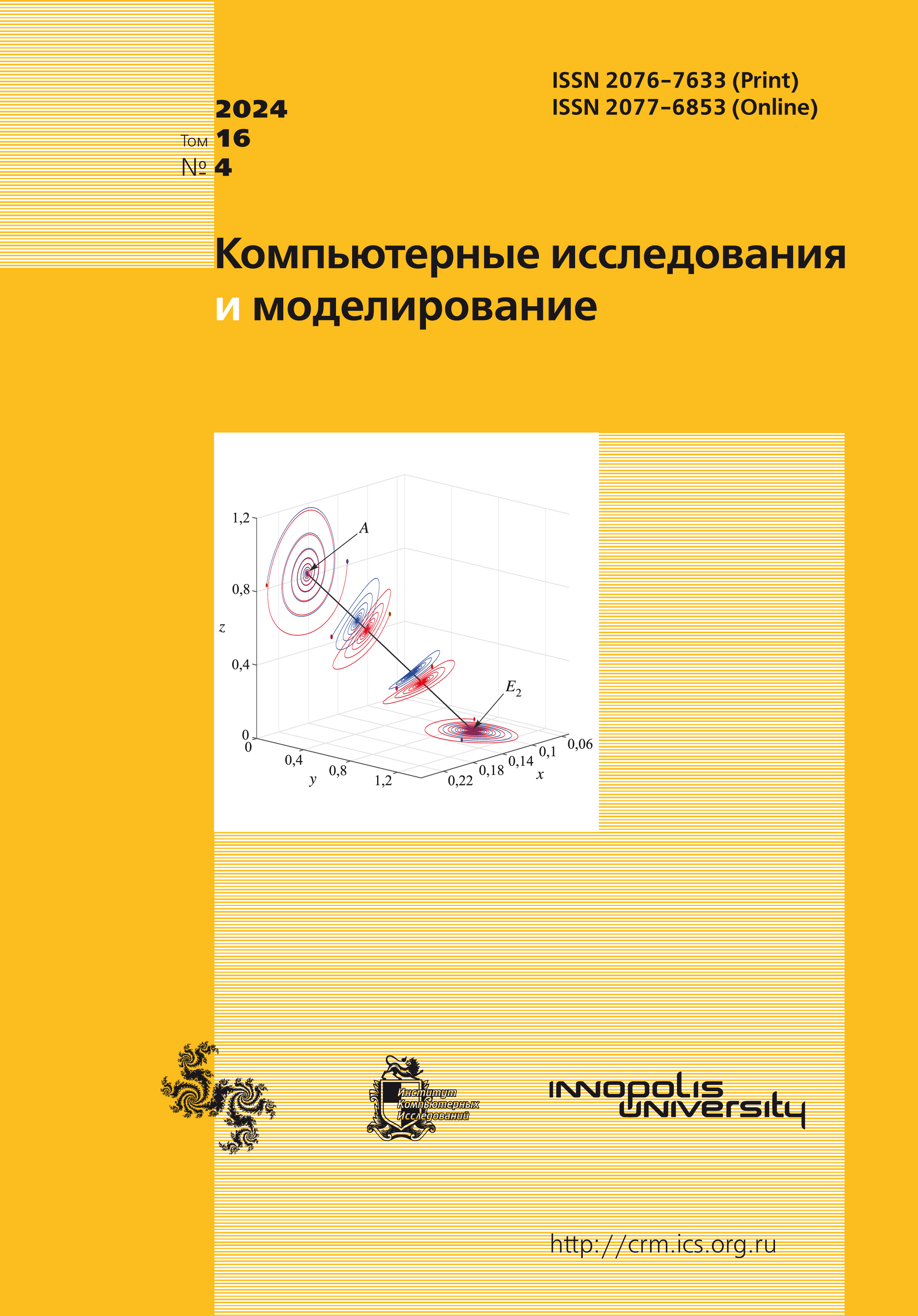Все выпуски
- 2025 Том 17
- 2024 Том 16
- 2023 Том 15
- 2022 Том 14
- 2021 Том 13
- 2020 Том 12
- 2019 Том 11
- 2018 Том 10
- 2017 Том 9
- 2016 Том 8
- 2015 Том 7
- 2014 Том 6
- 2013 Том 5
- 2012 Том 4
- 2011 Том 3
- 2010 Том 2
- 2009 Том 1
Image classification based on deep learning with automatic relevance determination and structured Bayesian pruning
 pdf (1141K)
pdf (1141K)
Deep learning’s power stems from complex architectures; however, these can lead to overfitting, where models memorize training data and fail to generalize to unseen examples. This paper proposes a novel probabilistic approach to mitigate this issue. We introduce two key elements: Truncated Log-Uniform Prior and Truncated Log-Normal Variational Approximation, and Automatic Relevance Determination (ARD) with Bayesian Deep Neural Networks (BDNNs). Within the probabilistic framework, we employ a specially designed truncated log-uniform prior for noise. This prior acts as a regularizer, guiding the learning process towards simpler solutions and reducing overfitting. Additionally, a truncated log-normal variational approximation is used for efficient handling of the complex probability distributions inherent in deep learning models. ARD automatically identifies and removes irrelevant features or weights within a model. By integrating ARD with BDNNs, where weights have a probability distribution, we achieve a variational bound similar to the popular variational dropout technique. Dropout randomly drops neurons during training, encouraging the model not to rely heavily on any single feature. Our approach with ARD achieves similar benefits without the randomness of dropout, potentially leading to more stable training.
To evaluate our approach, we have tested the model on two datasets: the Canadian Institute For Advanced Research (CIFAR-10) for image classification and a dataset of Macroscopic Images of Wood, which is compiled from multiple macroscopic images of wood datasets. Our method is applied to established architectures like Visual Geometry Group (VGG) and Residual Network (ResNet). The results demonstrate significant improvements. The model reduced overfitting while maintaining, or even improving, the accuracy of the network’s predictions on classification tasks. This validates the effectiveness of our approach in enhancing the performance and generalization capabilities of deep learning models.
Журнал индексируется в Scopus
Полнотекстовая версия журнала доступна также на сайте научной электронной библиотеки eLIBRARY.RU
Журнал входит в систему Российского индекса научного цитирования.
Журнал включен в базу данных Russian Science Citation Index (RSCI) на платформе Web of Science
Международная Междисциплинарная Конференция "Математика. Компьютер. Образование"







